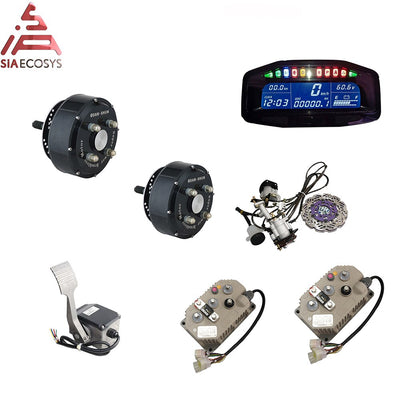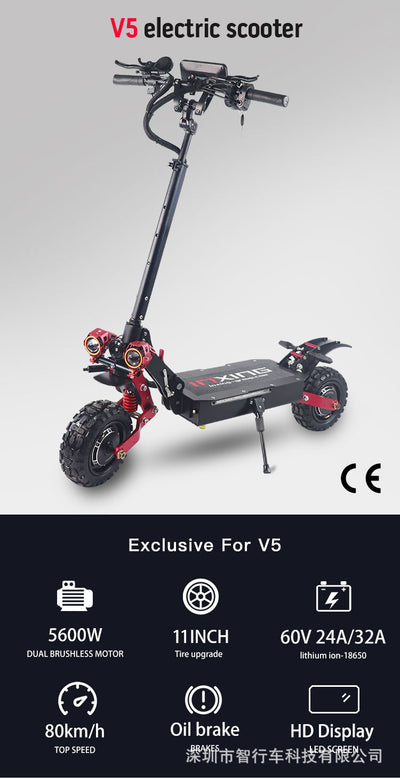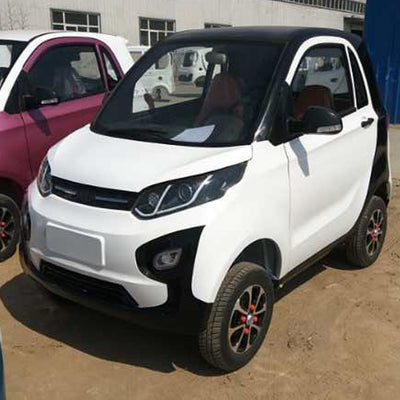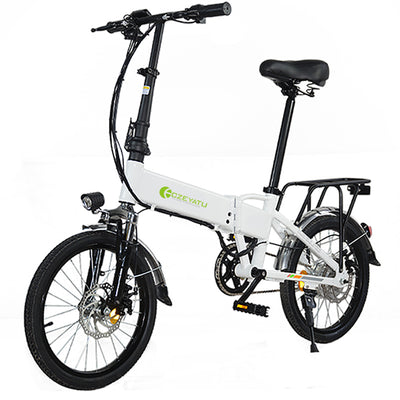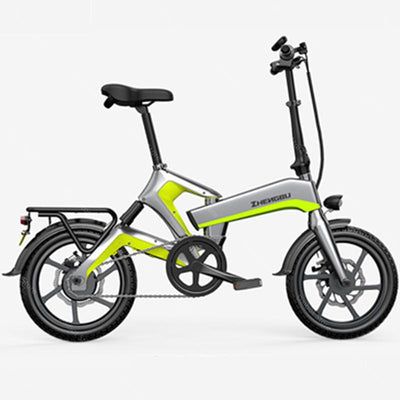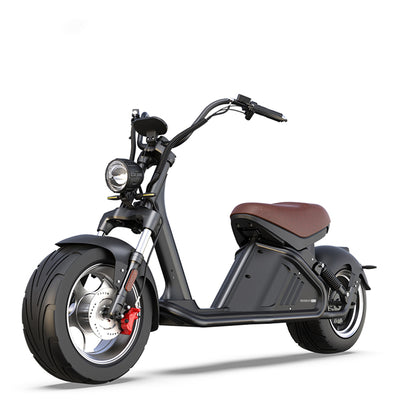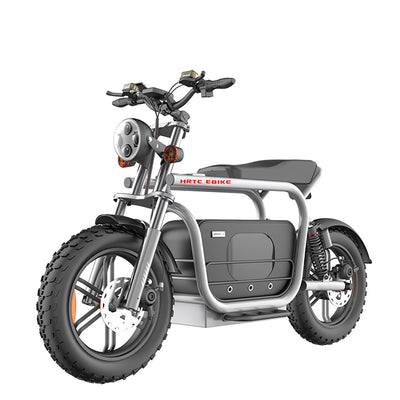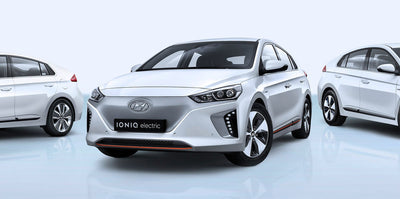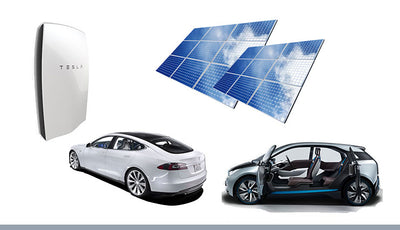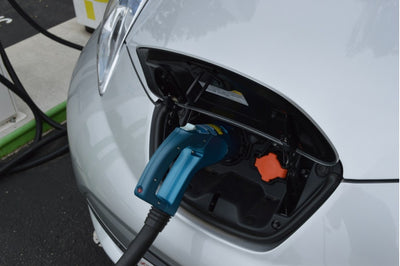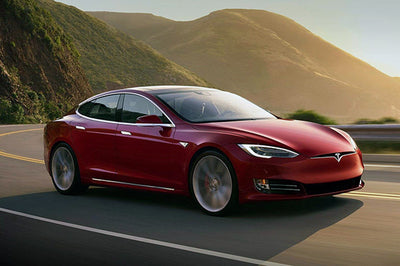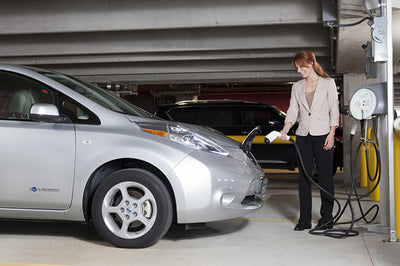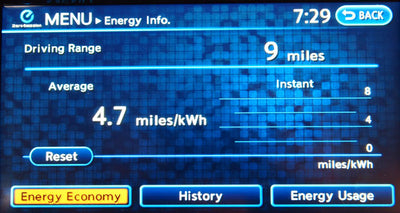Quick Charging of Electric Cars
Posted by Tom Lee on
Acommon criticism of electric cars is that EVs take too long to charge. That attitude is based on the common experience of drivers of gas-powered cars who, in the course of a 10-minute pit stop at a gas station, pump in a few hundred miles’ worth of fuel. Meanwhile, electric car charging times are usually measured in hours rather than minutes.
Those basic facts are not disputed. But where these arguments miss the mark is in failing to consider several critical factors including the emergence of EV quick charging, which comes a little closer to the fueling experience of today’s internal combustion automobiles.
Before we get into the nitty-gritty, it’s important to put quick charging into its proper context:
- Americans, on average, drive fewer than 40 miles per day—a fraction of the range of popular electric cars like the Tesla Model 3, Chevrolet Bolt, and Nissan LEAF. Therefore, the need for quick charging is not the norm for most commutes in the U.S.
- Nearly all cars are parked overnight when they can be plugged in producing a full battery pack that’s ready for use in the morning.
- The ease of plugging in at home makes EVs more convenient (and cheaper) to fuel than gas cars that require a trip to the gas station. No breathing of fumes necessary.
Nonetheless, the rapidly expanding network of public quick chargers, which can add between 50 or 90 miles of range in around 20 minutes, makes electric cars even more convenient and functional. In other words, most EV drivers will rarely need public quick charging, but it’s good to know that it’s available when needed—especially for long road trips that extend beyond the range of today’s vehicles.

The free charging station in Oklahoma City offers EV refueling at three different speeds. There are two 120-volt outlets, two Level 2 240-volt connectors, and two CHAdeMO fast chargers that can add 50 to 60 miles of range in about 20 minutes. And check out the solar panels!
The Name Game
Confusion about quick charging begins with uncertainty about names and labels for different types of charging.
The slowest form of electric car charging at 120 volts is called Level 1. And mid-range 240-volt charging is called Level 2. But ultrafast charging that can deliver juice between 50 and 350 kW is not called Level 3 as you might expect. According to official terminology from the Society of Automotive Engineering, it’s called DC Quick Charging or DC Fast Charging—sometimes abbreviated as DCQC. The decision to not use the term Level 3, and to call it "quick charging" instead makes some sense for two reasons:
- First, in Level 1 and Level 2 charging, common alternating current (AC) electricity is fed to the car where it is converted by an onboard charger to direct current (DC) before going to the battery pack. In DC quick charging, the charger is located outside the vehicle. This large piece of equipment handles the AC-to-DC conversion and supplies DC electricity to the battery at a much higher rate.
- Second, while all electric cars can accept the first two levels of charging, only EVs that carry special quick charging equipment can take advantage of those walloping big jolts of electric fuel. Quick charging is a different animal than Level 1 and Level 2.
How Quick Is Quick?
On a technical basis, you could look at the voltage as an indication of charging speed. Each level of charging essentially doubles the voltage. Jumping from Level 1 to Level 2 means an increase from 120 volts to 240 volts. Likewise, quick charging doubles voltage once again to 480 volts, which is often rounded off to 500.
A more useful metric is the number of miles of range that are added for every hour of charging. Before firing off an angry email, please know that these numbers represent a general rule of thumb rather than any guarantee. With Level 1 120-volt charging, you can add about 4 miles of range every hour. That’s slow, just the way a car that drives 4 miles per hour is barely moving. Level 2 240-volt charging adds around 25 miles of range in an hour. That’s a better speed, just the way traveling 25 mph in a car is good for many city situations.
But quick charging theoretically increases things to Autobahn speed: 100 miles, or more, of added range per hour. The even faster DC quick chargers emerging in 2019 will slice that time down to 15 minutes or less. In practice, due to many factors, the speed of quick charging does not run at a steady pace.
A completely empty battery charges faster than one with some amount of stored energy. An empty battery is like a dry sponge that thirstily soaks up water. But as a battery fills up, it becomes harder to push more electrons into an already crowded space. The first few minutes of a quick charge—as the battery goes from zero state-of-charge (SOC) to one-quarter full—can be twice as fast as the same exact battery going from 90 percent SOC to 100 percent full.
The last electrons can be so painfully slow that most people just talk about going from empty to 80 percent capacity—to avoid the painfully slow rate to charge a nearly full battery. EVs with bigger batteries can charge at a faster rate for a longer period of time, partly because it takes a lot longer for it to reach that slow-down period when the battery pack starts to get full.
Types of Quick Chargers
You might assume that all quick chargers work with all modern electric cars, just like all gas pumps work with all gas-powered vehicles. Unfortunately, it’s more complicated than that. In the United States, there are three primary types of quick chargers: CHAdeMO, SAE Combined Charging System (CCS), and Tesla Superchargers. All essentially perform the same task of pumping a maximum amount of electricity, but which quick charger type you can use depends on your vehicle.
Many observers equate the existence of different quick charging protocols to the battle between VHS and Betamax for video technology dominance. (For the record, VHS won the battle but lost the war to DVDs, which are now getting beat by streaming video.) The comparison falls short because quick charging equipment has the potential to support multiple protocols in a single charging unit with minimal duplication of components. For better or worse, multiple EV quick charging protocols will likely co-exist, rather than there being a single global standard (which would have been nice). As a result, many public quick-charging stations will eventually have multiple connectors.
We expect debates about the superiority of one protocol versus another to continue ad nauseum—based on differing views about the preferred size of the connector, ease of use, the best grid-to-car communications system, or how different levels of charging are packaged. Don’t worry too much about those debates. The key for everyday EV drivers wanting a quick charge is to know what kind of DCQC port your car uses—and, in the case of certain vehicles like the Nissan LEAF, to make sure you choose that option when purchasing your vehicle.
When planning a trip to a quick charge station, use PlugShare to verify that the desired charging station has the protocol that matches your vehicle. PlugShare lets you filter stations by plug type and, if you specify your vehicle in your account profile, can automatically display only compatible stations. If the charging station has multiple cords for different protocols, then make sure to initiate a charge with the correct one.
The Big Three

CHAdeMO (lower) and SAE CCS (upper) fast charging connectors.
CHAdeMO
This trade name is an abbreviation for “CHArge de Move” or “charge for moving.” The CHAdeMO association—a partnership between Toyota, Nissan, Mitsubishi, Fuji Heavy Industries and the Tokyo Electric Power Company—was established in March 2010. Not surprisingly, CHAdeMO cords are compatible with electric vehicles made by Nissan and Mitsubishi.
SAE Combined Charging System or “Combo Cord”
American and German automotive engineers, working in various committees of the Society of Automotive Engineers (and their European counterpart associations), decided that the CHAdeMO connector and protocol were inadequate. In 2012, SAE published the so-called “standard” for a variant of the J1772 connector (already in use for Level 2 charging), calling for additional pins to accommodate DC fast charging up to 90 kW.
The packaging of a connector for multiple charging speeds—Level 1, Level 2, and DC quick charging—gave rise to the Combined Charging System name, often referred to as “Combo Cord” or “Combo Coupler.” Once again, given its origins in the U.S. and Europe, it’s not surprising that electric cars made by General Motors and BMW were the first to be compatible with the SAE Combo Cord.

Tesla Supercharger
Tesla Supercharger
As usual, Tesla is going it alone when it comes to all forms of charging, including quick charging. Tesla vehicles use a custom-designed two-pin plug that can handle charging from Level 1 120-volt AC charging all the way up to DC fast charging at 120 kW. Tesla provides a simple adaptor for a Level 2 J1772 plug and a travel cord with attachments for 120-volt Level 1 charging and 240-volt Level 2 charging via dryer and RV outlets. The Tesla plug achieves the same combination of AC and DC charging capabilities as the SAE Combo yet is smaller and sleeker than both the CHAdeMO and Combo plugs.
Using a Quick Charger
Now that you know which type of quick charger your vehicle can use and how to find the stations, the final step is actually using one. Plugging in at a quick charger is just like plugging in at home only with a larger connector and cord.
Typically you will want to charge to 80—rather than 100—percent unless you need that extra juice to get to your destination or the next charging station. Some quick chargers allow you to choose a final percentage state-of-charge while others are permanently set to 80 percent. Because the charging rate slows down significantly as you approach a full battery, consider ending your charge at 80 percent if there is someone waiting to use the charger and you have the energy you need.
In the interest of time, you will likely want to do this anyway. Regardless of your car's state-of-charge, you can stop charging at any point, usually by pressing a button on the charger’s screen. For more on good charging etiquette, see our rules of EV charging etiquette.
Many quick chargers require payment for the convenience of juicing up at a high-power station. To collect this payment, these pay stations are part of a charging network. For more information, consult our guides on the cost of public charging and electric car charging networks.

